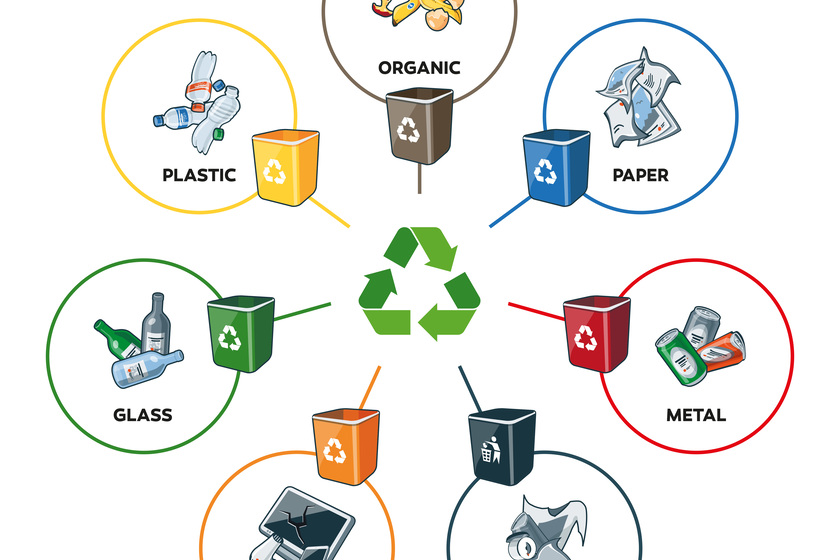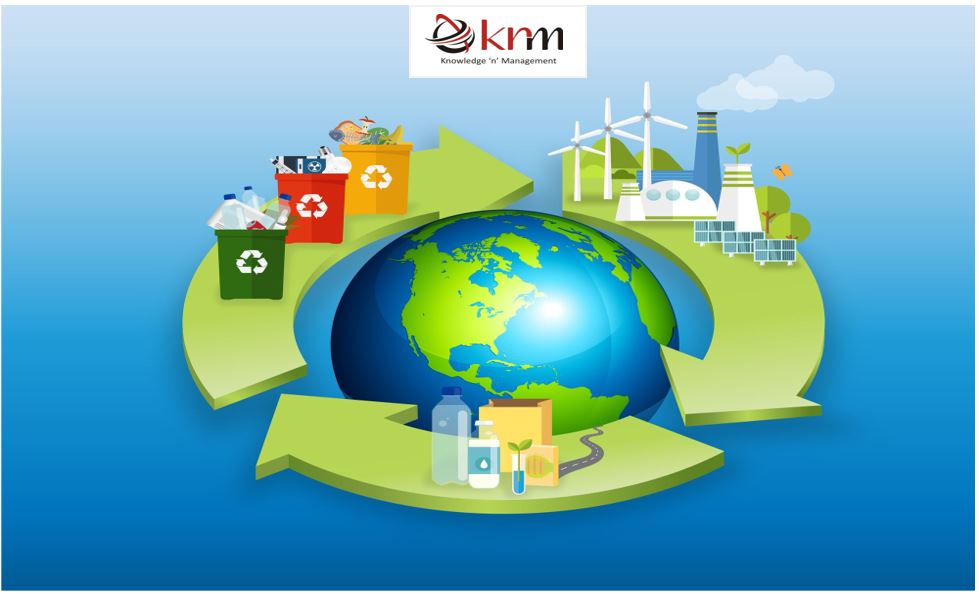Just How Recycling Lives Services Make a Distinction in Lasting Waste Monitoring
Just How Recycling Lives Services Make a Distinction in Lasting Waste Monitoring
Blog Article
Discovering Different Kinds Of Waste in Modern Waste Administration Equipment
The modern landscape of waste administration involves navigating a complex selection of waste kinds, each needing specialized handling and disposal methods to mitigate environmental influences. Municipal strong waste, unsafe waste, digital waste, and natural waste each existing unique difficulties and opportunities for source recuperation.
Local Solid Waste
Metropolitan solid waste, typically described as family trash or garbage, incorporates a range of discarded materials created by property, industrial, and institutional sources within a municipality. This waste stream commonly consists of products such as packaging, food scraps, yard trimmings, paper, plastics, fabrics, and disposed of home goods. The monitoring of metropolitan strong waste is a critical component of urban planning and public health and wellness, necessitating effective collection, transport, and disposal systems.
Reliable waste monitoring systems are developed to decrease environmental influence while making best use of resource recuperation. Composting natural waste, such as food scraps and yard trimmings, not only minimizes land fill usage however likewise creates important soil changes.
Districts must also attend to the financial and logistical challenges connected with waste management. Executing pay-as-you-throw systems, improving public understanding, and purchasing modern technology can significantly enhance waste diversion rates. By integrating these methods, communities can promote lasting neighborhoods, lower greenhouse gas exhausts, and save natural deposits.
Contaminated Materials

Effective contaminated materials monitoring entails a number of crucial actions: recognition, segregation, therapy, and disposal. Recognition entails the category of waste based upon its hazardous homes. Partition ensures that dangerous products are stored individually from non-hazardous waste to prevent cross-contamination. Therapy approaches, such as chemical neutralization, incineration, and stablizing, are used to lower the toxicity, volume, or mobility of the waste. Lastly, disposal alternatives, consisting of safe land fills and underground storage space, are selected to make sure lasting containment.
Governing structures, such as the Source Preservation and Recovery Act (RCRA) in the United States, give standards and requirements for contaminated materials management. Adherence to these regulations, coupled with advancements in waste therapy innovations, is important in reducing the risks connected with unsafe waste.
Electronic Waste
Digital waste, generally described as e-waste, represents a swiftly growing challenge in waste monitoring systems around the world. This kind of waste includes discarded digital tools and devices such as smartphones, computer systems, tvs, and various other digital home appliances. The fast speed of technological improvement, paired with decreasing item life expectancies and customer need for the newest gadgets, has actually greatly increased the quantity of e-waste produced each year.
E-waste is specifically bothersome as a result of its complicated make-up, frequently having hazardous compounds like mercury, lead, and cadmium, which posture significant ecological and health risks otherwise effectively managed. On the other hand, e-waste additionally includes useful products such as silver, copper, and gold, which can be recouped and reused. The double nature of e-waste-- both unsafe and valuable-- necessitates specific handling, reusing, and disposal processes.
Efficient e-waste monitoring entails strict governing structures, durable collection systems, and progressed reusing modern technologies. Public understanding and engagement are critical, as improper disposal techniques, such as illegal discarding and casual recycling, worsen environmental contamination and carcinogen. Boosting e-waste monitoring methods is crucial for alleviating environmental effect and recuperating important resources in a progressively digital globe.

Organic Waste
Organic waste, i thought about this comprising kitchen area scraps, lawn trimmings, and agricultural deposits, represents a substantial part of the international waste stream. This kind of waste is biodegradable, indicating it can be broken down by bacteria right into simpler natural compounds. In spite of its possibility for natural disintegration, incorrect monitoring of organic waste can lead to negative environmental influences, including the exhaust of greenhouse gases such as methane, which contribute to environment adjustment.
Effective management of natural waste is critical for minimizing these environmental impacts (recycling lives services). Composting is an extensively adopted approach, transforming natural waste right into nutrient-rich compost that can boost soil health and farming efficiency. Additionally, anaerobic food digestion is an arising innovation that transforms organic waste right into biogas, a renewable resource resource, and digestate, which can be made use of as fertilizer
Municipalities and waste management entities should carry out durable natural waste collection and treatment programs to make best use of the benefits of these processes. Public education and learning projects can likewise play a pivotal function in encouraging houses and companies to different organic waste from various other types of waste. By focusing on the management of natural waste, societies can minimize land fill use, reduced greenhouse gas emissions, and produce valuable byproducts for agricultural use.

Cutting-edge Waste Administration
In the realm of waste administration, cutting-edge methodologies are transforming news how societies handle their refuse, aiming for sustainability and effectiveness. These innovations incorporate a series of technologies and methods that improve recycling rates, decrease garbage dump reliance, and lower environmental effect. One popular advancement is the application of wise waste containers furnished with sensing units that check fill degrees and maximize collection paths. This not only decreases fuel consumption but also minimizes greenhouse gas exhausts.
An additional notable advancement is the adoption of waste-to-energy (WtE) modern technologies. By transforming non-recyclable waste into usable power with processes such as incineration and anaerobic food digestion, WtE minimizes landfill worry and supplies a sustainable energy resource. Additionally, developments in chemical reusing permit the break down of complex plastics right into their original monomers, making it possible for the development of new, high-quality plastic items.
Furthermore, the circular economic climate design is getting grip, highlighting the style of items and systems that prioritize reusability and resource efficiency. This all natural approach urges industries to lessen waste generation from the outset. With these cutting-edge techniques, modern-day waste monitoring systems are not only addressing the immediate difficulties of garbage click over here now disposal but likewise leading the way for a much more lasting future.
Verdict
A comprehensive understanding of local strong waste, contaminated materials, electronic waste, and organic waste, combined with the application of cutting-edge waste management services, is essential for alleviating ecological influences. Incorporating modern technologies such as smart waste bins and waste-to-energy systems can enhance effectiveness and sustainability. Reliable waste monitoring approaches not just foster resource recovery but also advertise public understanding and engagement, inevitably adding to the growth of a round economy.
The modern landscape of waste monitoring entails browsing an intricate selection of waste kinds, each calling for specialized handling and disposal approaches to minimize ecological effects. Local solid waste, dangerous waste, electronic waste, and organic waste each existing distinctive obstacles and chances for resource healing.Electronic waste, commonly referred to as e-waste, represents a rapidly expanding obstacle in waste administration systems internationally. With these cutting-edge techniques, contemporary waste monitoring systems are not just dealing with the immediate difficulties of waste disposal however also paving the way for an extra sustainable future.
An extensive understanding of community strong waste, harmful waste, electronic waste, and natural waste, combined with the implementation of cutting-edge waste administration solutions, is vital for reducing ecological effects. (recycling lives services)
Report this page